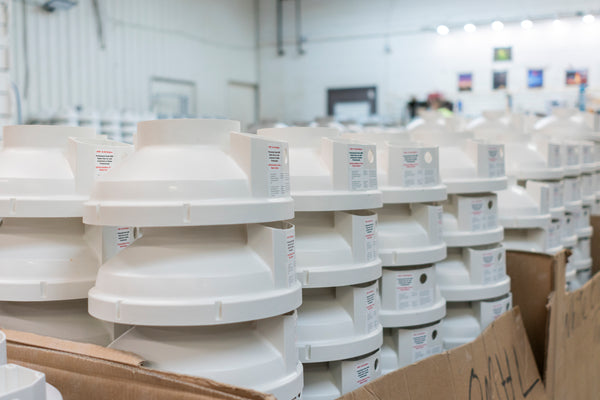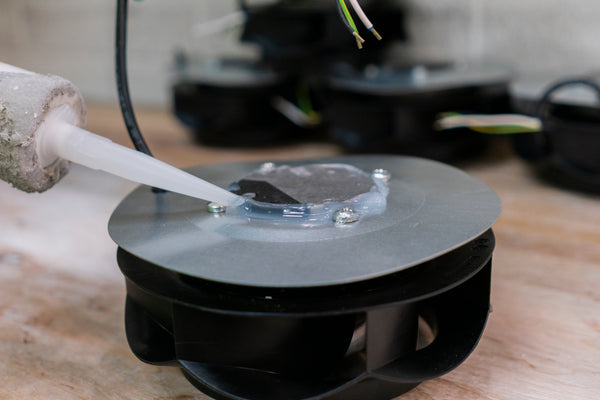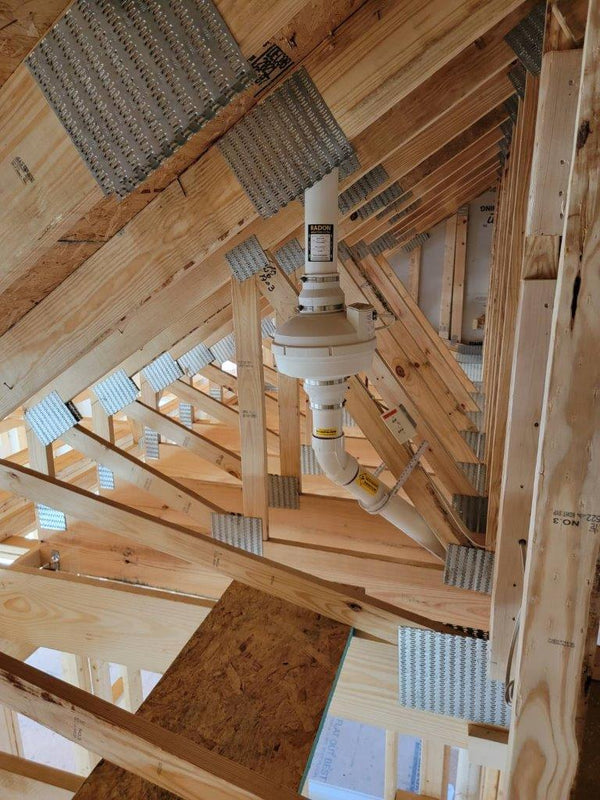
Which States Have the Highest Radon Levels?
No matter where you live, staying alert to the presence of radon in your home will benefit your health and safety in the long run. Every state in the US has radon, as it is a by-product of radioactive decay of materials in the ground.
But which states have the highest radon levels? Let’s look at the five states with the most severe radon issues—the levels listed are averages from multiple studies. Remember that the EPA’s recommended action level for radon mitigation is 4.0 pCi/L, or picocuries per liter of air.
5. Washington (7.5 pCi/L)
Washington state is home to many impressive glaciers and ice formations that are lovely to behold for tourists and residents alike. However, when that ice melts into water, the other elements inside can break down and begin their radioactive decay chain.
4. Ohio (7.8 pCi/L)
The soil in Ohio is rich in radioactive materials like radium and uranium, both of which release radon as a by-product of the decay process. This is because the state is home to a unique geological formation called the Ohio Shale, which contains plenty of unique fossils—and a great deal of uranium.
3. Pennsylvania (8.6 pCi/L)
More than 40 percent of the homes in Pennsylvania have radon levels in excess of 4.0 pCi/L. This state is also where the dangers of radon first gained nationwide attention. A construction engineer named Stanley Watras set off a radiation detector as he walked into his workplace, the Limerick nuclear plant in Pottstown. Radon tests of his home found levels over 700 times higher than the EPA’s recommended action level.
2. South Dakota (9.6 pCi/L)
The splendid mountain ranges of South Dakota are biologically and geologically diverse. The soil and rocks in this sparsely populated state decay and release radon into the environment. If that radon has made its way into your South Dakota home, a radon fan can vent it safely outside.
1. Alaska (10.7 pCi/L)
The Last Frontier has several attributes in common with other states on this list. It has plenty of uranium-rich soil and rocks, especially around volcanoes, and it is home to a variety of glaciers and other ice formations. When these parts of the environment break down, they release plenty of radon into the ground—and into enclosed spaces like homes.
Now that you know which states have the highest radon levels on average, you can more easily create an action plan for your own home. Even if you don’t live in one of the states listed, you should test your home for radon every two years to ensure those gas levels don’t reach a dangerous point.





